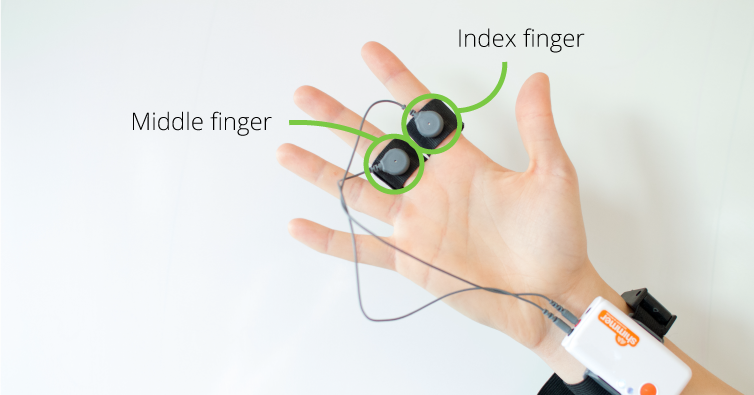

The results inform the design of technology-mediated applications toward sustaining user engagement and participation.Jonathan Lazar.

We discovered that players’ skin conductance was higher when they were outperformed by their opponent, indicating that they were experiencing less flow. We conducted experiments in the same experimental setting and we measured players’ galvanic skin response during competition. In the present study, we sought to strengthen our prior findings by measuring engagement with a physiological correlate. This limitation is addressed by the use of physiological metrics, which offer largely unbiased measurements of cognitive and emotional processes.

However, behavioral metrics are not detached from volition and may be influenced by confounding factors. By applying the information-theoretic notion of transfer entropy, we unveiled a causal relationships between relative performance and engagement, whereby players monitored the scores and adapted their behavior accordingly. Nevertheless, players’ engagement did not change during competition with an under-performing or equally-performing opponent.
#Measure galvanic skin response series#
We conducted a series of experiments and found that players’ engagement was higher when they were losing, compared to when they played alone. To control for players’ status of winning or losing, we programmed a virtual opponent to either under-perform, over-perform, or tie with them. In a recent study, we used behavioral metrics to quantify player engagement during competitive gameplay in virtual reality. However, it remains unclear how winning or losing might influence player’s engagement.


 0 kommentar(er)
0 kommentar(er)
